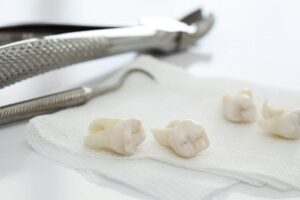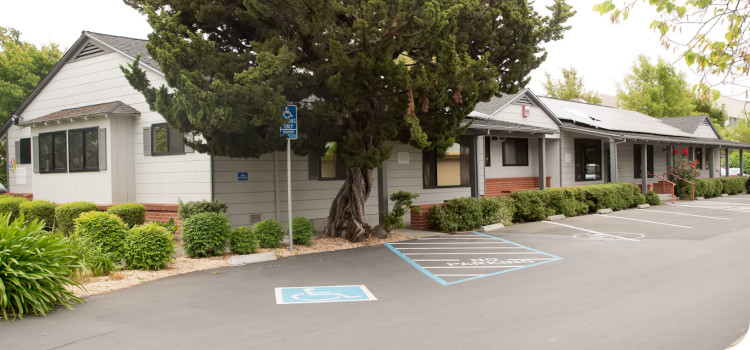 There aren’t many cases in which extracting a tooth is the best option for your smile. Typically, preserving your healthy, natural teeth is preferable, and the option of extracting one is only reserved for extreme situations when it’s absolutely necessary. While the process of extracting a tooth may sometimes be a simple one, many of these situations may place the tooth in a position where extracting it can only be accomplished through oral surgery. Today, we examine a few conditions that may call for surgical tooth extraction, and how removing the tooth can benefit your long-term oral health.
There aren’t many cases in which extracting a tooth is the best option for your smile. Typically, preserving your healthy, natural teeth is preferable, and the option of extracting one is only reserved for extreme situations when it’s absolutely necessary. While the process of extracting a tooth may sometimes be a simple one, many of these situations may place the tooth in a position where extracting it can only be accomplished through oral surgery. Today, we examine a few conditions that may call for surgical tooth extraction, and how removing the tooth can benefit your long-term oral health.
There isn’t enough healthy tooth above the gums
Severe damage to a tooth’s structure is one of the more common reasons for needing to extract the tooth. Most types of structural damage can usually be repaired with the right modern dental restoration, such as a dental crown. However, if the tooth is so damaged that barely any or no tooth structure remains to be restored, then it may be necessary to surgically expose its structure and remove it. The longer the tooth remains, the more of a threat it can pose to the rest of your oral health, including negatively impacting your bite’s function (as well as the discomfort it causes).
The tooth is impacted within the bone structure
In addition to severe tooth damage, the impaction of a tooth is also a common reason why it must be extracted surgically. Tooth impaction means the tooth has become impeded in its attempts to develop and erupt from the gum line. This mainly occurs with third molars, or wisdom teeth, when there is little room left at the ends of your dental ridges. The wisdom tooth’s structure may not erupt at all, or it may erupt in a way that makes it impossible to grasp and remove the tooth. To alleviate the discomfort of the impaction and avoid further damage to your teeth and dental ridge, we may recommend surgically extracting them from your jawbone structure.
The tooth’s root has fractured or been broken
If a tooth still retains plenty of healthy structure above the gums, but its root has become fractured or broken, then simply extracting the visible part of the tooth won’t successfully remove all of its structure. A broken or fractured tooth root can pose a significant threat to your overall oral health, and it will only grow worse the longer it remains. Because the root rests within your jawbone, removing it and the rest of your tooth structure could require oral surgery.
Find out if your tooth needs surgical extraction
When the need to extract a tooth arises, the procedure might require oral surgery to ensure that it’s successful. To learn more, or to schedule a consultation, call Santa Rosa Oral Surgery in Santa Rosa, CA, today at 707-545-4625.

